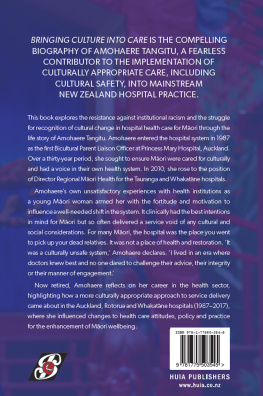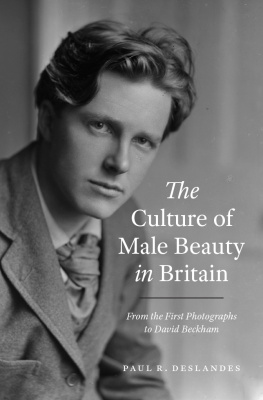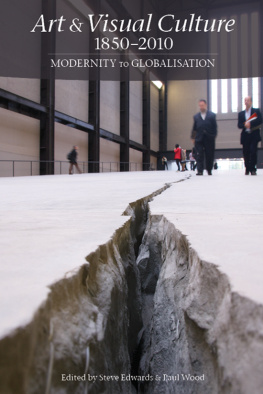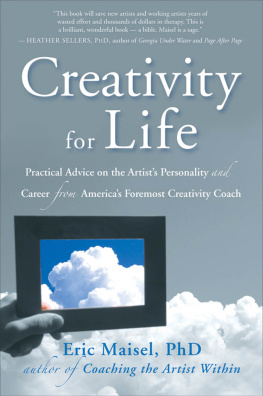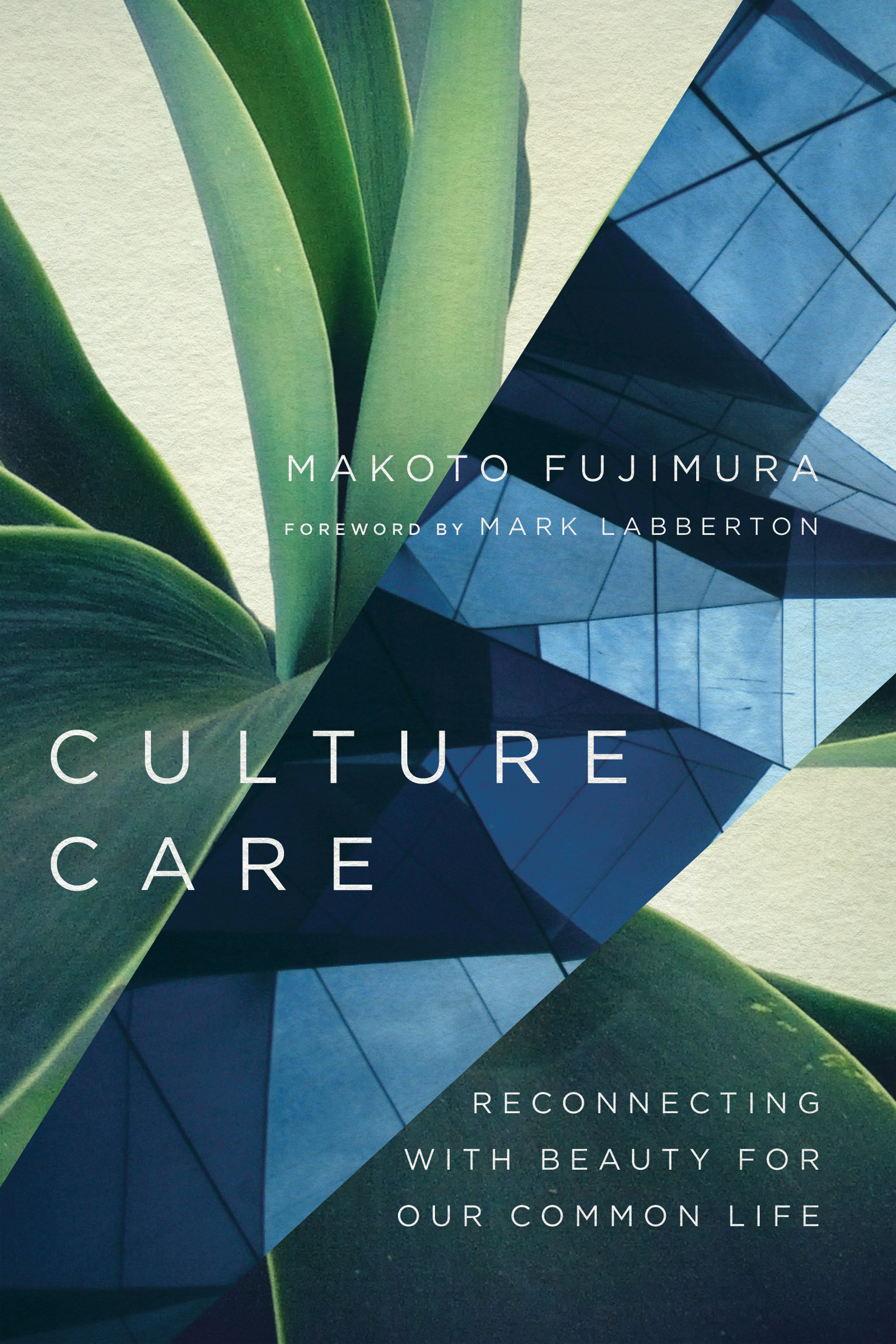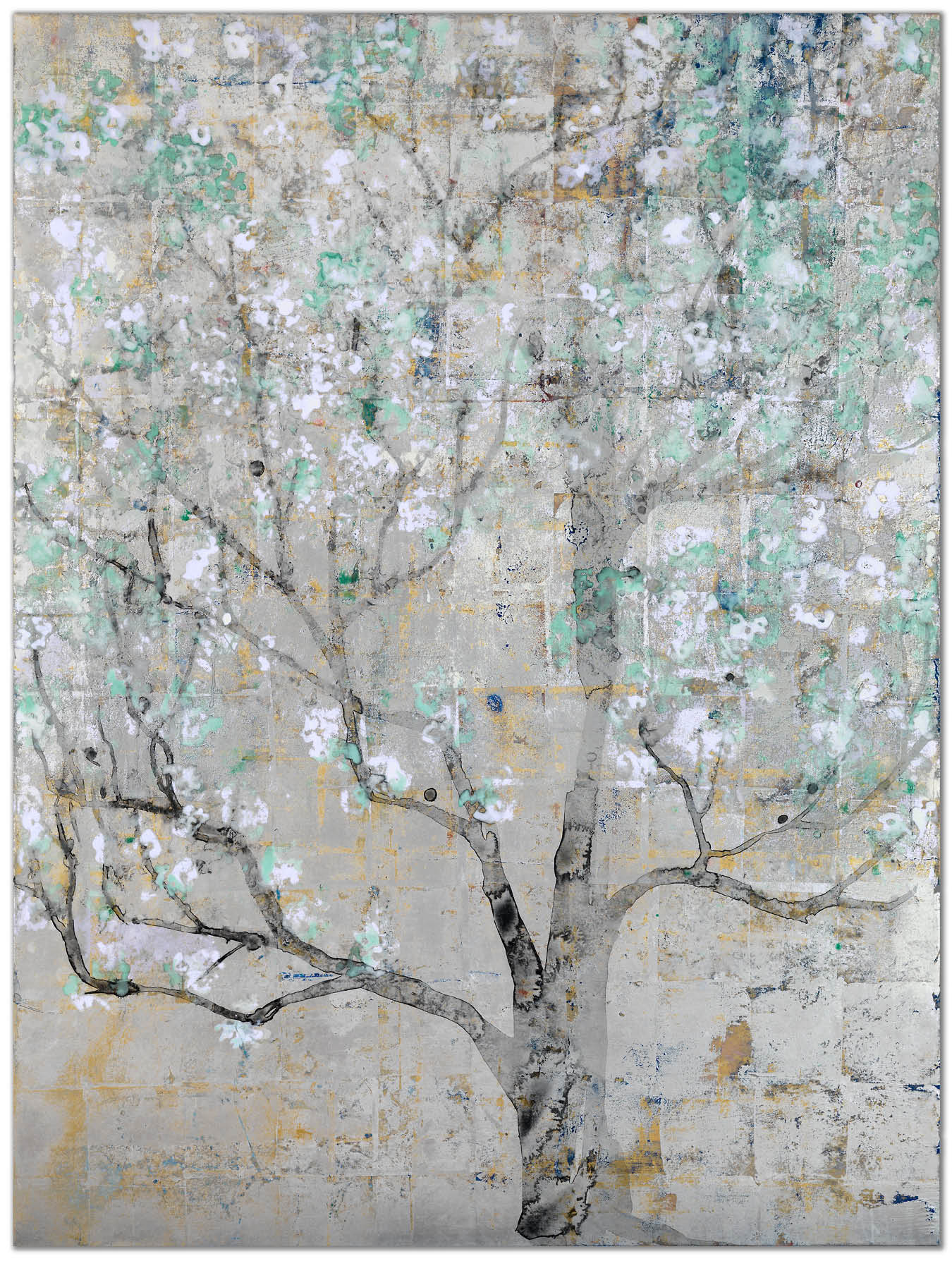KI-SEKI
60.25 45.25 1.25, MINERAL PIGMENTS, SUMI INK,SILVER, AND GOLD ON KUMOHADA PAPER, 2014
BY MAKOTO FUJIMURA
InterVarsity Press
P.O. Box 1400, Downers Grove, IL 60515-1426
2017 by Makoto Fujimura
All rights reserved. No part of this book may be reproduced in any form without written permission from InterVarsity Press.
InterVarsity Pressis the book-publishing division of InterVarsity Christian Fellowship/USA, a movement of students and faculty active on campus at hundreds of universities, colleges, and schools of nursing in the United States of America, and a member movement of the International Fellowship of Evangelical Students. For information about local and regional activities, visit intervarsity.org .
All Scripture quotations, unless otherwise indicated, are taken from THE HOLY BIBLE, NEW INTERNATIONAL VERSION, NIVCopyright 1973, 1978, 1984, 2011 by Biblica, Inc.Used by permission. All rights reserved worldwide.
While any stories in this book are true, some names and identifying information may have been changed to protect the privacy of individuals.
Cover design: David Fassett
Images: kaleidoscopic: Yoshinori Kuwahara/Getty Images
plant: Antonio Trogu/EyeEm/Getty Images
Ki-Seki, 2014 Makoto Fujimura, mineral pigments, Sumi ink, silver, and gold on Kumohada paper, 60.25 45.25 1.25 in., private collection.
ISBN 978-0-8308-9111-5 (digital)
ISBN 978-0-8308-4503-3 (print)
Library of Congress Cataloging-in-Publication Data
Names: Fujimura, Makoto, 1960- author.
Title: Culture care : reconnecting with beauty for our common life / Makoto
Fujimura ; foreword by Mark Labberton.
Description: Downers Grove : InterVarsity Press, 2017. | Includes
bibliographical references.
Identifiers: LCCN 2016046158 (print) | LCCN 2016047996 (ebook) | ISBN
9780830845033 (pbk. : alk. paper) | ISBN 9780830891115 (eBook)
Subjects: LCSH: Fujimura, Makoto, 1960---Ethics. | Fujimura, Makoto,
1960---Philosophy. | Fujimura, Makoto, 1960---Religion. | Art and
religion. | Art and philosophy.
Classification: LCC ND237.F79 A35 2017 (print) | LCC ND237.F79 (ebook) | DDC
759.13--dc23
LC record available at https://lccn.loc.gov/2016046158
Dedicated to those who sowed seeds of generativity into my life, starting with Judy and my parents.
CONTENTS
FOREWORD
Mark Labberton
I n a world that is at once beautiful and pained, glorious and tortured, thriving and anguished, many ask: Is there hope? What does it look like? Where and what is it?
Hope, first of all, must be realistic. That is, hope can be hope only if it admits that which is darkest while urging toward the light. Nothing glib, or blind, or deflective toward the depth of despair could be a contender for hope. If hope has not first been silenced before the profundity of evil and loss, then such a two-dimensional offering is more scandalous than fruitful. Realistic is not so much concerned with practicality as it is about truthfulness.
Hope also often takes time to mature. On the whole, quick fixes are no match for protracted suffering. Instead, the story of hope is often a long one, with unexpected turns and twists, steps forward and often back too. Time can be both a threat and a friend to hope. Injustice, for example, has to be tediously dismantled, not exploded. This is often infuriating, but it is true. Hope is more like a treatment plan than an adjustment: in other words, hope takes time to shift toward healing.
Hope is disruptive, counter to dominant wind patterns, interrupting what is mappeda crosscurrent pushing with creativity and truth in directions that many may think neither possible nor desirable. In this sense, when hope arrives, it appears as a longed-for surprise, arriving on some unexpected breeze or with some unanticipated visit.
Hope comes in glimpses, almost never in whole. Needs exist on many levels and in different dimensions, so real hope is unlikely to be present simultaneously for all the needs at hand. And though hope does have starts and critical corners it turns, it is hard to see hope clearly most of the time because no one has sufficient vision to apprehend it allor even the most critical evidences of its approach. Hope and despair stand close by each other, and yet hope can still seem illusive.
Makoto Fujimuras vision of culture care bears all the marks of an articulate, fully orbed hope and more. Makos witness to hope is confident but not glib; its assured but not presumptuous; its personal but not private. The reason it can be all these things is that Makos vision of hope centers in the God who holds all reality in the love of Jesus Christ. Nothing and no one is outside the reach of a compassionate and just God.
God, this divine Artist, pays attention to creation in all its reach. God created in freedom and for freedom. Therein lies the great joy alongside the painful sorrow of our human condition. Our troubled and aching world distinctly hopes and suffers in the context of God-marked goodness and of human-marked sin.
Culture care explores the vocation of all humanity, with a particular call on those who seek to attend to our neighbors in Gods name. This is the work of all, but most especially artists who see, feel, and embody the story of our beauty and our suffering, our longing, anger, pain, and hope.
Artists, those whom Mako calls border-stalkers, live and work at the edge, on the margins of the social mainstream where they contribute powerful insights, alarms, reflections, and yearnings about our human situation. Their work establishes the urgency of the arts as honest and courageous testimonies of suffering and hope. Artists who do this work because of the generative influence of their Christian faith can be wellsprings of honesty and courage in these vital tasks.
Makos encompassing vision of culture care grips our imagination, stimulates our hope, and enlarges our longing for a world renewed by the reality of Gods light and love. This is the work of the church into todays context. Whether inside or outside the bounds of a sanctuary or congregation, culture care is our vocation and mission.
Makos role at Fuller Theological Seminary as director of the Brehm Center for Worship, Theology, and the Arts is an invaluable, necessary gift for us at Fuller to accomplish our goal of forming global leaders for kingdom vocations. How could such transformative work be undertaken without the arts? Without that fundamental affirmation and practice of creative imagination in action? This is whats needed to live out the call of God in all the times and places into which our faculty and alumni will scatter in Christs name.
Culture care is the imaginative effluence of being a faithful follower of Jesus in any time or place. Its hope borne into places where hope that is truly hope must be realistic, slow, disruptive, and limited. Makos encompassing, inspiring, humble, bold vision is life giving because it is what life is meant to be. Culture care is needed everywhere.
PREFACE
T his is a book for artists, but artists come in many forms. Anyone with a calling to createfrom visual artists, musicians, writers, and actors to entrepreneurs, pastors, and business professionalswill resonate with its message. This book is for anyone who feels the cultural divide, especially those with a desire or an artistic gift to reach across boundaries with understanding, reconciliation, and healing. It is a book for anyone with a passion for the arts, for supporters of the arts, and for creative catalysts who understand how much the culture we all share affects human thriving today and shapes the generations to come.


